Search-and-rescue teams yesterday finished clearing away most of the above-ground levels of the collapsed Weiguan Jinlong complex in Tainan, as the number of bodies discovered amid the rubble rose rapidly.
At press time last night, 31 bodies were found overnight on Thurday and yesterday, bringing the total death toll from the quake in Tainan to 95.
Twenty-seven Weiguan Jinlong residents are still unaccounted for.
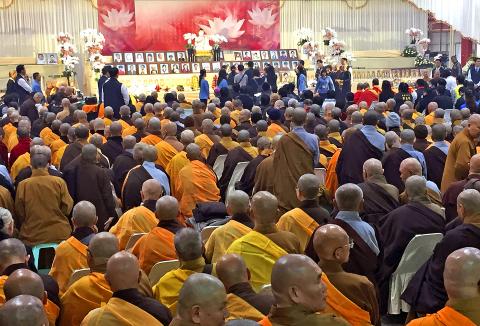
Photo: Johnson Lai, AP
Most of the bodies that were retrieved over the past 24 hours had been so badly crushed that they were not readily identifiable, even by gender, rescue personnel speaking on condition of anonymity said.
At press time last night, rubble from most of the complex’s nine residential sections had been cleared away using heavy equipment, leaving buildings A and G as the focus of search efforts.
Both had been pushed several meters into the ground after buildings H and I — which formed the ends of the U-shaped complex — collapsed on top of them.
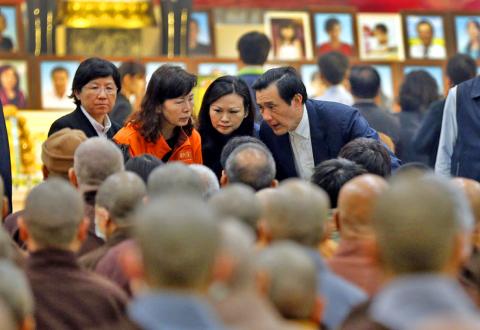
Photo: Ritchie B. Tongo, EPA
Tainan Civil Engineers’ Association president Cheng Ming-chang (鄭明昌) yesterday morning told a briefing to relatives of the missing that most of the people still unaccounted for were likely in those underground sections, which presented a particular challenge to the search teams.
Building A fell to the ground at an angle because of the soft soil and was severely damaged when Building H collapsed on top of it, he said.
Building G was similarly sandwiched under Building I, with the walls of its top story pushed down almost to street level.
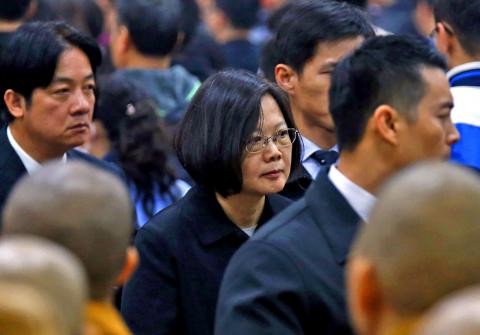
Photo: Ritchie B. Tongo, EPA
While there had been concern yesterday that rain might affect rescue efforts, there should not be significant problems except for the searchers’ ease of movement now that much of the accumulated dirt had been carted away, Cheng said.
There was no timetable for dismantling the underground sections, he said.
Bodies that were retrieved yesterday were taken by ambulance to the Tainan Funeral Parlor, where DNA tests would be conducted to help determine their identities.

Photo courtsey of Chi Mei Medical Center
A Buddhist “Puja” memorial service marking the end of the first week since the disaster was held yesterday at a special memorial hall at the parlor dedicated to earthquake victims.
President Ma Ying-jeou (馬英九), president-elect Tsai Ing-wen (蔡英文), Premier Simon Chang (張善政), Legislative Speaker Su Jia-chyuan (蘇嘉全) and many other politicians attended the service.
Taiwan Rescue (中華民國搜救總隊) volunteers were pulled from the Weiguan Jinlong site in Yongkang District (永康) on Thursday night, and Tainan Deputy Mayor Tseng Hsu-cheng (曾旭正) yesterday said that there were enough personnel — a total of 919 — to handle the rest of the search, including crews from other cities and counties.
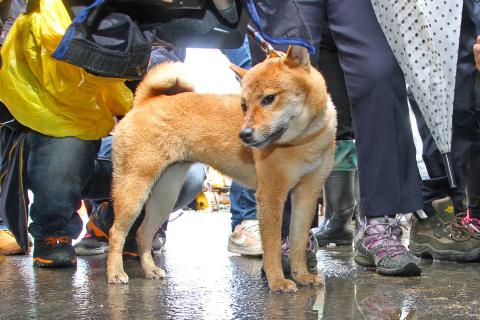
Photo: CNA
Search teams were being rotated in and out every two hours, Tseng said.
The non-governmental search-and-rescue organization withdrew after complaining that its access to the site had been restricted, preventing its members from fully participating in rescue efforts.
In other developments, the Ministry of Economic Affairs yesterday said that water service in quake-devastated areas of Tainan was set to resume last night.
Pipelines carrying water to about 30,000 households had been damaged by the quake, the National Fire Agency said.
Water would be sent via a 1km temporary above-ground pipeline, which has been connected to intact underground pipelines, the ministry said.
Additional reporting by Wang Chieh, Hsiao Ting-fang and Huang Wen-huang
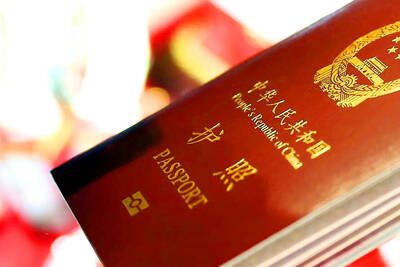
The Ministry of the Interior (MOI) is to tighten rules for candidates running for public office, requiring them to declare that they do not hold a Chinese household registration or passport, and that they possess no other foreign citizenship. The requirement was set out in a draft amendment to the Enforcement Rules of the Public Officials Election and Recall Act (公職人員選舉罷免法 ) released by the ministry on Thursday. Under the proposal, candidates would need to make the declaration when submitting their registration forms, which would be published in the official election bulletin. The move follows the removal of several elected officials who were
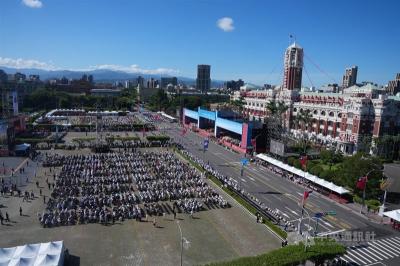
The Republic of China (ROC) is celebrating its 114th Double Ten National Day today, featuring military parades and a variety of performances and speeches in front of the Presidential Office in Taipei. The Taiwan Taiko Association opened the celebrations with a 100-drummer performance, including young percussionists. As per tradition, an air force Mirage 2000 fighter jet flew over the Presidential Office as a part of the performance. The Honor Guards of the ROC and its marching band also heralded in a military parade. Students from Taichung's Shin Min High School then followed with a colorful performance using floral imagery to represent Taiwan's alternate name
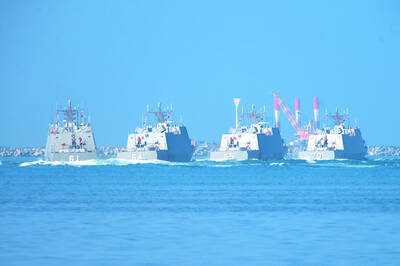
FOUR DESIGNATED AREAS: Notices were issued for live-fire exercises in waters south and northwest of Penghu, northeast of Keelung and west of Kaohsiung, they said The military is planning three major annual exercises across the army, navy and air force this month, with the navy’s “Hai Chiang” (海強, “Sea Strong”) drills running from today through Thursday, the Ministry of National Defense said yesterday. The Hai Chiang exercise, which is to take place in waters surrounding Taiwan, would feature P-3C Orion maritime patrol aircraft and S-70C anti-submarine helicopters, the ministry said, adding that the drills aim to bolster the nation’s offshore defensive capabilities. China has intensified military and psychological pressure against Taiwan, repeatedly sending warplanes and vessels into areas near the nation’s air defense identification zone and across
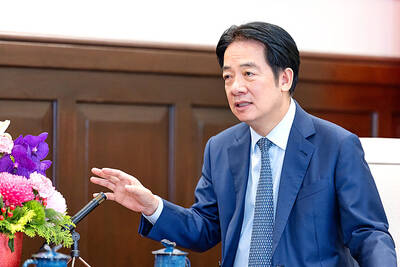
COVETED PRIZE: The US president would be a peace prize laureate should he persuade Xi Jinping to abandon military aggression against Taiwan, William Lai said US President Donald Trump should get the Nobel Peace Prize should he be able to convince Chinese President Xi Jinping (習近平) to abandon the use of force against Taiwan, President William Lai (賴清德) told a conservative US radio show and podcast in an interview. The US is Taiwan’s most important international backer, despite the absence of formal ties, but since Trump took office earlier this year he has not announced any new arms sales to the nation. Trump could meet Xi at the APEC summit in South Korea on Oct. 31 and Nov. 1. Lai, speaking on The Clay Travis and Buck Sexton